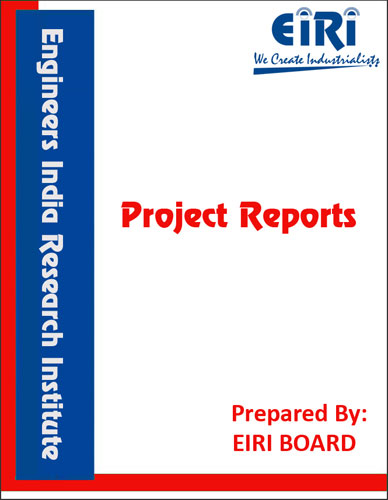DALL MILL (PULSE MILL) CAP- 30 TPD
The project report includes Present Market Position and Expected Future Demand, Market Size, Statistics, Trends, SWOT Analysis and Forecasts. Report provides a comprehensive analysis from industry covering detailed reporting and evaluates the position of the industry by providing insights to the SWOT analysis of the industry.
We can prepare PROJECT REPORT as per your INVESTMENT PLAN for BANK LOAN REQUIREMENT and INDUSTRY ANALYSIS. All reports are prepared by highly qualified consultants and verified by a panel of experts.
Have Query? Click Here to Chat
Industry Expert is Online, Chat with him for more detail.

Dal milling industry is one of the major agro processing industries in India. Out of the total production of 13.19 million tones of pulse in the country, 75% is processed by these dal mills. There were about 2000 dal mills in the country in 1972. The numbers grew steadily to 6000 units in 1982, 12000 units in 1995 and 14000 units during the year 1999-2000.
Most of the dal mills in the country are concentrated in selected pockets of the country i.e. pulses producing areas such as Indore (MP), Jalgaon, Akola and Nagpur (Maharashtra) and in or near major consumption centres such as Kolkata, Mumbai, Chennai, Hyderabad and Delhi. The units are mostly traditional ones. They are capital intensive and energy sapping in nature. The dehusking efficiency in traditional mills is quite low. Moreover, the yield of dehusked and splitted pulses in traditional mills is about 65-70 % in comparison to 88-89% maximum potential recovery of splits.
Thus, there is excessive loss of pulse cotyleadons and embroyos in the form of brokens and powdered grains (5- 15%). The industry is also besieged with other problems such as low domestic availability of pulses, high block capital and working capital requirement and presence of large number of intermediaries in pulses procurement and marketing of finished products.
INTRODUCTION
USES AND APPLICATIONS
PROPERTIES
B.I.S. SPECIFICATION
MARKET SURVEY
PROCESSING DETAILS OF DAL MILL
PRODUCTION PROCESS IN PULSE MAKING MILLS
PROCESS FLOW DIAGRAM OF A TYPICAL PULSE MILL
CONVENTIONAL PULSE MILLING METHODS
FLOW DIAGRAM OF WET MILLING OF PULSES
FLOW DIAGRAM FOR DRY MILLING OF PULSES
UNIT OPERATION IN DAL MILLING
ENVIRONMENTAL POLLUTION IN PULSE MILL (DAL MILL)
PFD OF A TYPICAL PULSE MILL SHOWING POLLUTION
SOURCES& CONTROL SYSTEMS
PROCESS FLOW DIAGRAM
PRINCIPLES OF PLANT LAYOUT
PLANT LOCATION FACTORS
EXPLANATION OF TERMS USED IN THE PROJECT REPORT
SUPPLIERS OF RAW MATERIALS
SUPPLIERS OF PLANT AND MACHINERY
SUPPLIERS OF PLANT & MACHINERY FOR YARN DYEING
APPENDIX – A :
1. COST OF PLANT ECONOMICS
2. LAND & BUILDING
3. PLANT AND MACHINERY
4. FIXED CAPITAL INVESTMENT
5. RAW MATERIAL
6. SALARY AND WAGES
7. UTILITIES AND OVERHEADS
8. TOTAL WORKING CAPITAL
9. COST OF PRODUCTION
10. PROFITABILITY ANALYSIS
11. BREAK EVEN POINT
12. RESOURCES OF FINANCE
13. INTEREST CHART
14. DEPRECIATION CHART
15. CASH FLOW STATEMENT
16. PROJECTED BALANCE SHEET



